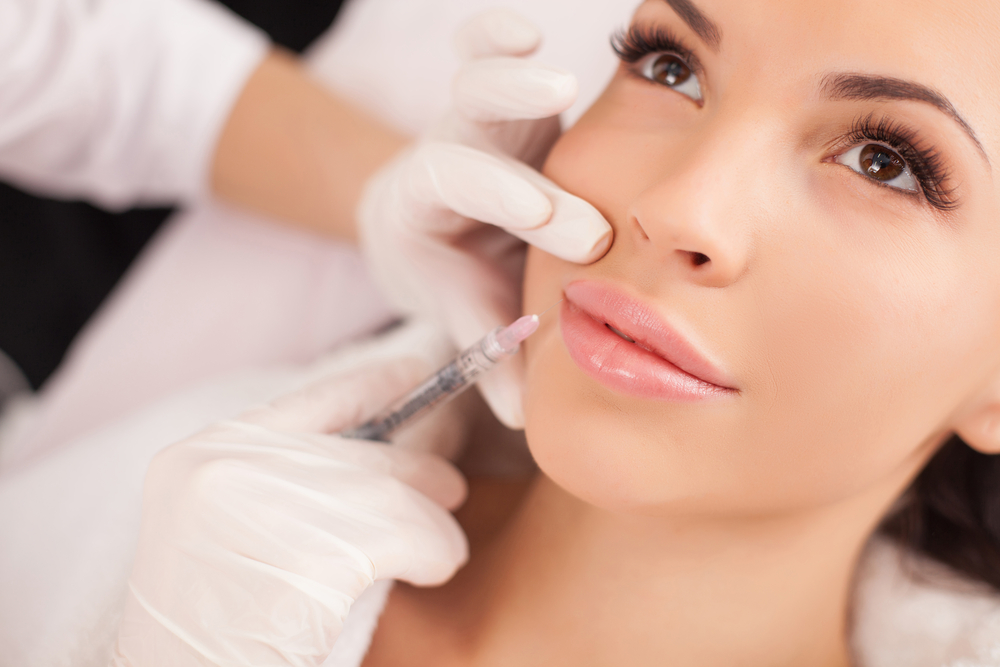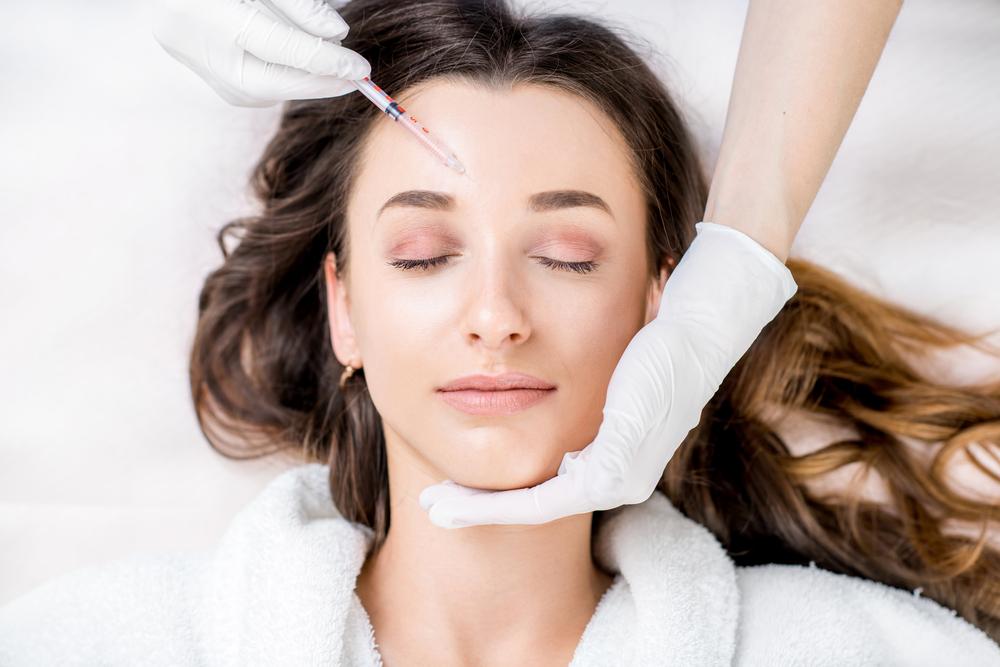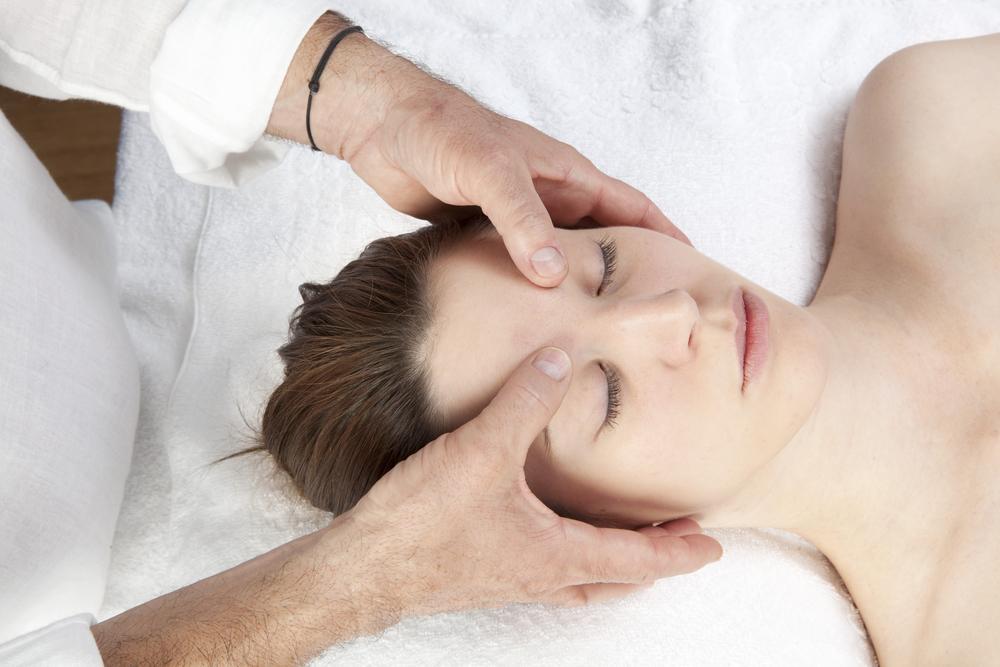Comprehensive Guide to Medical Benefits and Treatment Options of Botox
This comprehensive guide explores the wide-ranging medicinal benefits of Botox, including its use for medical conditions such as migraines, hyperhidrosis, and muscle spasms. It emphasizes the importance of consulting qualified professionals, reviews potential side effects, costs, insurance considerations, and offers tips for choosing reputable providers. Ideal for patients interested in therapeutic Botox, the article highlights the safety, effectiveness, and versatility of this popular treatment. Learn how Botox can improve your health and quality of life with expert guidance and proper care.

Comprehensive Guide to Medical Benefits and Treatment Options of Botox
In the realm of modern medicine, Botox has emerged as a versatile and effective solution not just for aesthetic purposes but also for addressing a variety of medical conditions. While many associate Botox with wrinkle reduction and skin smoothing, its therapeutic applications are extensive and continue to grow as research advances. This comprehensive guide aims to shed light on the medicinal benefits of Botox, exploring its various treatment options, safety considerations, costs, and the importance of seeking qualified healthcare providers. Whether you are interested in cosmetic improvements or medical treatments, understanding the full spectrum of Botox’s capabilities can help you make informed decisions about your health and well-being.
Botox, scientifically known as botulinum toxin, is a neurotoxin derived from the bacterium Clostridium botulinum. Its popularity surged initially in the cosmetic industry for its ability to temporarily smooth facial lines and wrinkles, leading many to associate it purely with aesthetic enhancements. However, over recent years, medical science has recognized its utility in treating a broad array of health issues, significantly expanding its application profile. The primary advantage of Botox lies in its minimally invasive approach, providing relief from symptoms of certain conditions without the need for surgery or extensive medications.
Patients considering Botox treatments should prioritize consulting qualified healthcare professionals—such as licensed dermatologists, neurologists, or plastic surgeons—who have extensive experience in administering this treatment. Proper medical supervision ensures safe administration, minimizes risks, and maximizes therapeutic benefits. While Botox is generally safe when used appropriately, potential side effects and individual health considerations should always be discussed prior to treatment. Additionally, understanding the costs involved and available insurance coverage can help patients plan financially for their treatments.
Medical Conditions Treated with Botox
Botox’s versatility makes it suitable for a wide range of medical conditions, including:
Overactive bladder: Botox injections can significantly reduce urinary urgency, frequency, and incontinence for patients struggling with this issue.
Eye twitching and spasms (blepharospasm): Sudden, involuntary eyelid spasms can be alleviated with Botox, restoring comfort and normal function.
Crow’s feet and facial wrinkles: While primarily known for aesthetic purposes, Botox effectively softens dynamic facial lines caused by muscle movements.
Neck and shoulder muscle spasms: Chronic muscle contractions in these areas can be eased with Botox, reducing discomfort and improving mobility.
Chronic migraines: Regular Botox treatments have been shown to decrease the frequency and severity of migraines, providing relief for sufferers.
Hyperhidrosis (excessive sweating): Botox can block the nerves responsible for sweat production, offering a non-invasive way to manage severe sweating issues.
Understanding Potential Side Effects
Despite its safety profile, Botox may cause side effects, especially if administered improperly or in sensitive individuals. Common minor adverse effects include:
Numbness or localized discomfort
Mild nausea or headache
Neck weakness or stiffness
Skin rashes, swelling, or redness at the injection site
Dry mouth or transient double vision
Fatigue or unusual tiredness
Most side effects are mild and temporary, resolving within days. Serious complications are rare, but they can include muscle weakness beyond the treatment area or allergic reactions. It’s crucial to discuss your medical history with your healthcare provider and ensure the treatment is performed by a trained, certified professional to minimize risks.
Cost Considerations and Financial Aspects
Pricing for Botox treatments varies depending on the condition being treated, the number of sites injected, and geographic location. Typically, costs range from $200 to $1,200 per session. Many clinics charge based on units used, with an average rate of $14 to $17 per unit. Patients are advised to schedule consultations to obtain precise quotes tailored to their individual needs. It’s important to consider that multiple sessions may be required to maintain desired results, especially for medical conditions like migraines or hyperhidrosis.
Insurance coverage is a significant factor in determining out-of-pocket expenses. While Botox’s cosmetic use is usually not covered, medical applications—such as treatment for migraines, bladder dysfunction, or muscle spasms—are often reimbursable if documented properly. Patients should review their insurance policies and work with healthcare providers to facilitate necessary paperwork for insurance reimbursement.
Choosing the Right Provider for Botox Treatment
Ensuring safety and effectiveness begins with selecting a qualified and certified healthcare provider. Professionals should hold certifications from recognized bodies such as the American Society of Plastic Surgeons or the American Academy of Dermatology. Unauthorized or unqualified clinics pose health risks, including improper administration and increased side effects. When choosing a provider, consider the following:
Certification and licensing credentials
Experience and specialization in Botox treatments
Positive patient reviews and reputation
Referral from trusted healthcare professionals
Trusted treatment centers include established hospitals and clinics with a reputation for safety and professional care:
The Ageless Center
Emory Healthcare
Beverly Hills Rejuvenation Center
Botox Virginia Beach
Mayo Clinic
The Skin Center Medical Spa
Final Thoughts and Essential Precautions
Botox offers promising results for both cosmetic and therapeutic purposes, with a generally high safety profile when administered by qualified medical professionals. Prior to treatment, discuss your medical history, any current medications, and your desired outcomes with your doctor. It’s equally important to set realistic expectations regarding results and potential side effects. Always verify the credentials of your provider, avoid unverified clinics, and follow post-treatment care instructions for optimal results.
In summary, Botox is a valuable tool in modern medicine, providing relief from a variety of health issues and enhancing quality of life. With proper medical oversight, patients can enjoy the benefits of this innovative treatment while minimizing risks and maximizing efficacy.





